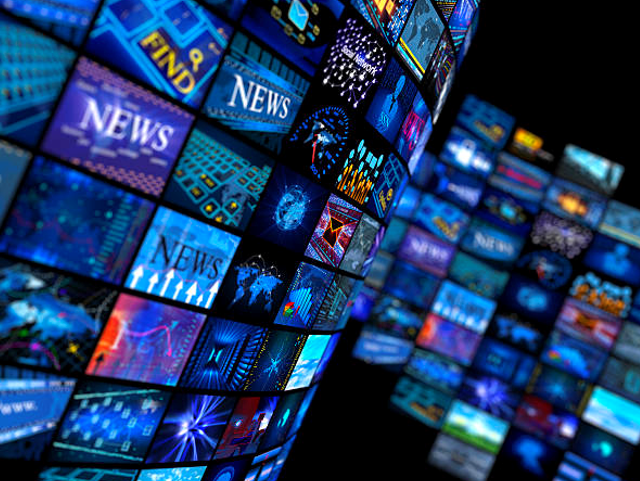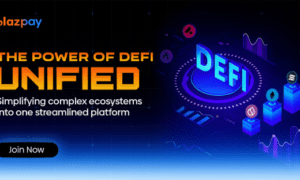Synthetic media, an innovative technology powered by advanced AI algorithms, has the potential to revolutionize media creation and consumption. The synthesizing process enables the generation of high-fidelity audio-visual content on a massive scale.
Looking ahead, the transformative impact of synthetic media over the next decade is difficult to envision fully. However, we can anticipate that it will significantly shape media production and consumption in exciting new ways. Let us examine some of the exciting possibilities for how synthetic media will impact media consumption and production in the near future.
- HeyGen: Platforms like HeyGen enable brands and creators to generate compelling videos using text-to-speech avatars or digital twins that mimic natural human speech patterns. This makes it easier for anyone to produce and distribute engaging videos that incorporate consistent branding elements, democratizing the process of video creation and distribution.
- Enhanced Speed and Efficiency: Synthetic media has the potential to accelerate the production of high-quality content to an unprecedented degree. By automating content generation and editing, media creators can focus more intently on creative aspects. The increased efficiency and productivity that synthetic media provides will yield more content, presenting consumers with a wider selection of media choices.
- Personalized Content: AI algorithms can analyze vast amounts of consumer data to create highly personalized content. By examining viewing histories and preferences, media companies can recommend or even generate bespoke content. This will result in a more immersive and personalized experience for consumers and a deeper connection to the content they consume.
- Greater Accessibility: Synthetic media can significantly enhance media accessibility for people with disabilities. AI algorithms can automate captions, subtitles, and audio descriptions, providing assistance to those who have hearing difficulties or are learning a new language. As a result, the media landscape will become more inclusive and accessible.
- Improved Quality: Synthetic media has the potential to vastly improve audio-visual content. As AI algorithms advance, they will be capable of generating content that is indistinguishable from human-generated content, even up to 4K resolution. This will democratize high-quality media production, enabling anyone to create their own professional-quality media content.
- Enhanced Audience Targeting and Engagement: Synthetic media enables brands and creators to produce tailored video content that effectively engages specific audiences. Marketing campaigns become more precise and impactful as a result, leading to improved targeting and audience engagement.
- More Interactive and Creative Storytelling: Synthetically generated stories can be experienced in unique and compelling ways, enabling consumers to immerse themselves in the narrative and engage with it more deeply. This promotes more interactive and creative storytelling, leading to a richer and more engaging experience for consumers.
- Collaboration and Community Building: Synthetic media facilitates the creation, sharing, distribution, and communal experience of content, leading to the formation of new communities and fostering social interactions. Collaboration and community building are thus fostered through synthetic media, providing a space for collective creation and enjoyment of media.
Synthetic media has become an integral part of our media ecosystem and is set to transform the way we produce and consume content. Creators stand to gain from faster, more cost-effective, and easily scalable content creation processes. Viewers, on the other hand, can expect more immersive, personalized, and accessible media experiences, resulting in a more enriching and fulfilling entertainment landscape. In essence, synthetic media is a game-changer that benefits all stakeholders, creating a mutually beneficial paradigm shift in the way we experience and interact with media.For More information Please visit Here



































